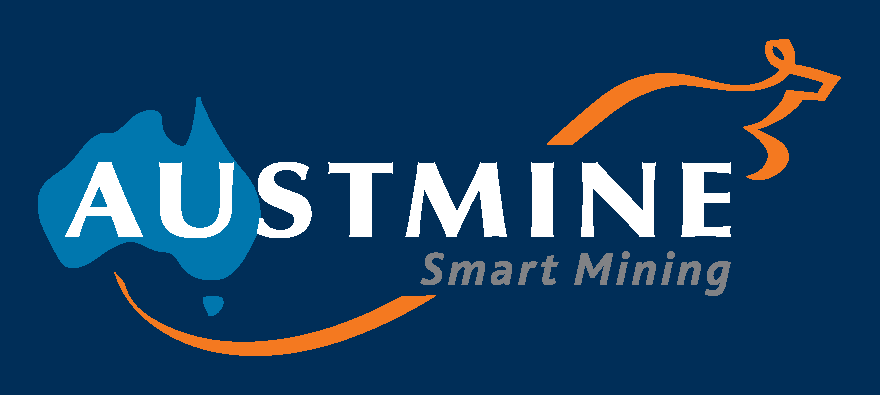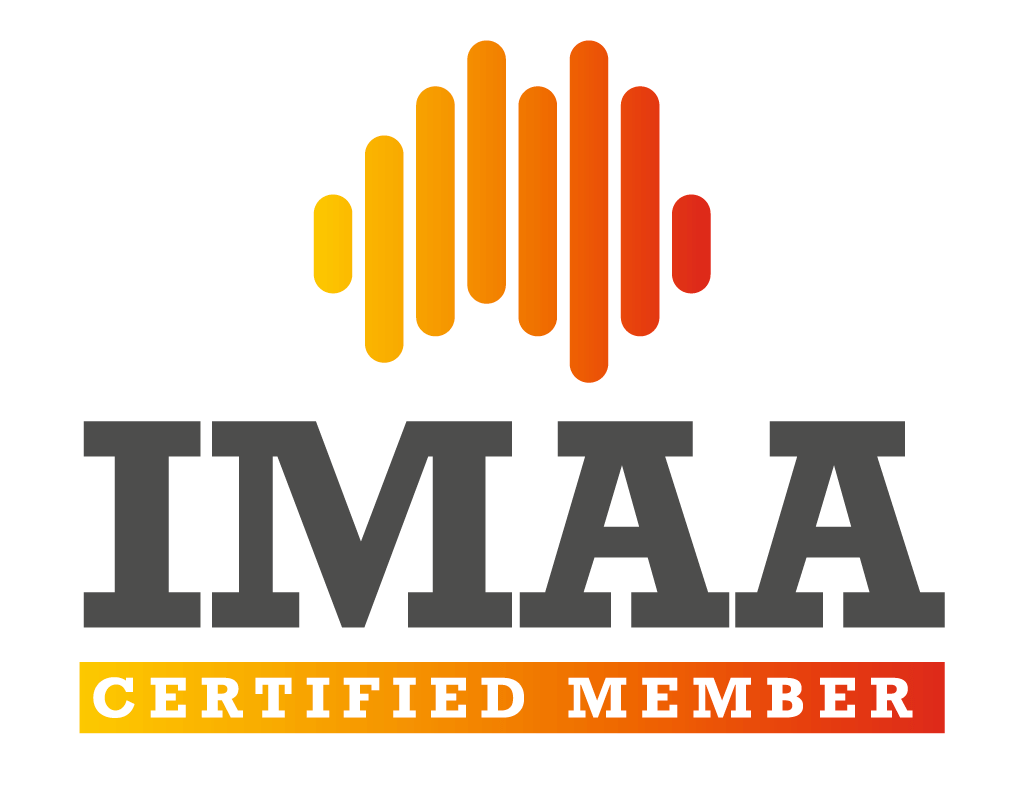As part of a regular content series from our experienced global leadership team, Gabi Woodbridge, Business Director, Queensland, dives into the misunderstood alignment between business growth goals and marketing budgets.
One of the most common things I hear when speaking to prospective clients is: “We have very limited budget.” Followed closely by: “But we need to hit $30 million in revenue by the end of the year.” This is usually where I take a deep breath and introduce them to a concept many find uncomfortable: marketing is not a cost centre. Done properly, it’s a profit centre. And your growth engine.
Having grown up inside a family run business, with my dad as a CMO himself, before he went out with his own financial planning firm and tech company (which is how I used to earn pocket money). Now having started one of my own, I understand the tension between ambition and the cold hard, often scary commercial reality of running a business. I also understand that marketing is still misunderstood by most. It’s either conflated with advertising, relegated to “that person who does social media” or dismissed as “fluffy”. But marketing, when done right, should sit shoulder-to-shoulder with sales and finance in driving the commercial agenda of your business.
Let me explain.
Where are you going?
When a business tells me they need to hit a certain revenue number but don’t have budget for marketing, I ask them to walk me backwards from that goal.
What does good look like?
Usually, we land on a target like $30 million over two quarters. We look at average transaction size (say $1.5m upfront, $6m over lifecycle). Then sales cycle (6 weeks). And conversion rate of qualified leads (let’s say 75%). That tells me how many sales they need — say, 30.
Now we factor in attrition. Most strong pipelines need 4-5x coverage. That means 120 warm, active leads. If we estimate a conservative $1,000 cost per lead (CPL), that’s already $120,000 just in campaign investment to get the right traffic into the funnel.
So what is marketing doing?
This is where I often need to break it down: your brand, your website, your content, your campaigns, your media plan, your sales enablement tools — they’re all part of an engine that takes a stranger from first contact to conversion. It’s a big job.
Too often, companies throw a marketing manager at this and expect miracles. But a good marketing manager is not a miracle worker — they’re a strategist, a coordinator, a quality controller and a commercial partner to the business.
They don’t design everything, but they brief and manage. They don’t run ads, but they build the campaigns. They don’t close sales, but they get the right people to the table.
But what about ROI?
Glad you asked.
If you’re investing $150k (campaigns, part-time marketing lead, agencies) and turning it into $30 million in revenue? That’s an ROI of 19,900%.
Even Eric Tan (my finance professor from my MBA at UQ) would raise an eyebrow at that, even without factoring in the future value calculation on that + the revenue from the total customer lifetime value (that’s CLTV, I don’t know who likes acronyms more, marketing folks or my past employer SAP).
This is why I get a bit fiery when I hear “we don’t have the budget”. If you’re planning on $30m in revenue and your marketing investment is a fraction of that — shouldn’t that be the best spend you make in the business?
It’s about trust.
The reason marketing gets side-eyed is because too many have been burned. Promises made. Budgets blown. Flashy branding delivered without the substance to back it up. We’ve all been there or have seen it happen. My personal pet peeve is the ‘peacock’ of marketing, the cool kid that rolls in with lots of acronyms and more interested in brand and appearance – you know the type – the ‘it’s hard to explain’-ers.
But marketing isn’t a gamble when it’s done properly. It’s a measured, performance-oriented function that should be led by someone who understands both the art and science. Who asks the tough questions about pipeline, sales velocity, CAC, LTV and ROI — not just fonts and colour palettes.
So next time you ask, “what does marketing actually do?” — remember: it drives demand, fuels revenue, shapes brand and builds long-term equity.
That’s not a cost centre. That’s a profit centre. And it’s potentially the one with the biggest potential in your business and you’ve been underestimating it for too long.
If you’re not getting that from your marketing function, then maybe it’s time to give us a call.













